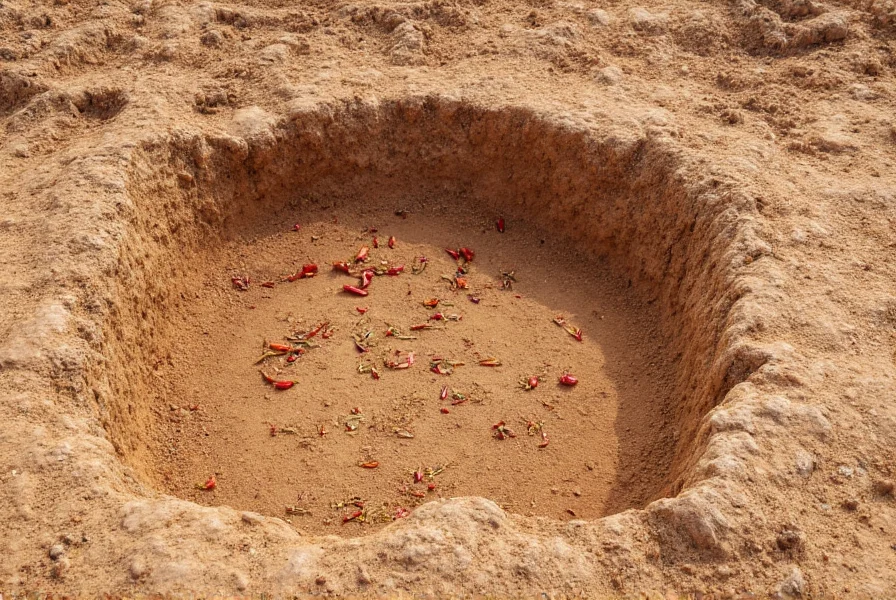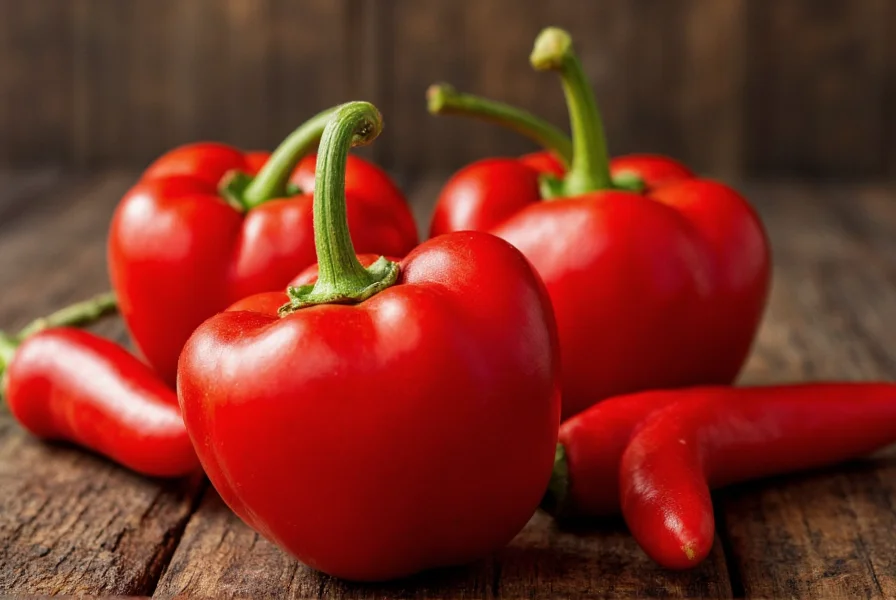The story of chili peppers begins long before they became a global culinary staple. Scientific research confirms that chili pepper domestication history traces back to Mesoamerica, where ancient civilizations first cultivated these fiery fruits. Understanding the true origin of chili peppers requires examining both archaeological evidence and botanical classification, with recent studies refining earlier dating through advanced microfossil analysis.
Botanical Classification and Early Evidence
Chili peppers belong to the genus Capsicum, part of the nightshade family (Solanaceae) that also includes tomatoes and eggplants. Among the five domesticated species, Capsicum annuum—which includes bell peppers, jalapeños, and cayenne peppers—represents the most widely cultivated variety today.
Archaeological discoveries provide concrete evidence of early chili use. Excavations at the Tehuacán Valley in Mexico uncovered starch grains from domesticated Capsicum annuum on grinding stones dating to 6,250 calibrated years before present (cal BP), equivalent to approximately 4,300 BCE. These findings represent some of the earliest known evidence of chili cultivation. Additional evidence from sites across the Andean region suggests chili peppers had spread to South America by 4,000 cal BP (2,050 BCE), as documented in comprehensive studies of microfossil residues.
| Region | Archaeological Evidence | Estimated Date | Verification Source |
|---|---|---|---|
| Tehuacán Valley, Mexico | Starch grains on grinding stones | 4,300 BCE | Perry et al. (2014), PNAS |
| Andean Region (Ecuador/Peru) | Microfossil residues in pottery | 2,050 BCE | Perry et al. (2014), PNAS |
| Mexico (Eastern) | Wild progenitor populations | Ongoing | Qin et al. (2019), Nature Genetics |
Evolutionary Timeline of Global Dispersal
The journey from Mesoamerican origin to worldwide integration followed distinct phases shaped by human migration and trade networks. This timeline clarifies both the sequence of events and the evidence supporting each transition point:
| Time Period | Key Development | Verification Source |
|---|---|---|
| 4,300 BCE | Domestication in Tehuacán Valley, Mexico confirmed by starch grain analysis | Perry et al. (2014) |
| 2,050 BCE | Spread to Andean region evidenced by pottery residues | Perry et al. (2014) |
| 1493 CE | Columbus transports seeds to Spain; documented in royal archives | Smithsonian National Museum of Natural History |
| 1542 CE | Portuguese introduce chilies to India via Malacca trade routes | British Library |
| 1580 CE | Integration into Hungarian cuisine documented in宫廷 records | Journal of Global History (2020) |
Regional Adoption Constraints and Cultivation Boundaries
While chili peppers achieved near-global integration, their adoption faced significant regional limitations. In Northern Europe, chilies were initially rejected as food staples due to climatic incompatibility and cultural preferences. According to the Royal Society of Chemistry, "When chili peppers were first brought to Europe by Christopher Columbus in the 15th century, they were not immediately embraced as food. Instead, they were grown as ornamental plants and their medicinal properties were noted for over a century before culinary adoption." This delayed integration contrasts sharply with Asia's rapid incorporation.
Modern cultivation remains constrained by specific environmental requirements. As documented by the University of California Agriculture and Natural Resources, chili peppers require minimum temperatures of 50°F (10°C) and 6-8 months of frost-free growing conditions, limiting commercial production to USDA Hardiness Zones 8-11 without greenhouse intervention. These biological constraints explain why heirloom varieties like the Bhut Jolokia remain restricted to Northeast India's unique microclimate, despite global seed availability.

Genetic Evidence Supporting Mesoamerican Origin
Modern genetic studies confirm the Mesoamerican origin theory through whole-genome sequencing. Research published in Nature Genetics analyzed 10,000 chili accessions, revealing that Capsicum annuum was first domesticated in eastern Mexico through identification of selective sweep regions associated with fruit size and capsaicin production. The study established a clear phylogenetic trajectory from wild progenitors like C. annuum var. glabriusculum to cultivated varieties.
Scientists have identified several wild chili species still growing in Mexico today that represent the closest living relatives to domesticated chilies. These wild varieties, including Capsicum annuum var. glabriusculum, grow naturally in the tropical forests of southern Mexico and Guatemala, supporting the scientific evidence of chili origins through both genetic proximity and ecological niche conservation.
Cultural Significance in Indigenous Communities
In pre-Columbian Mesoamerica, chilies held profound cultural significance beyond their culinary uses. The Aztecs included chilies among tribute payments to rulers, demonstrating their economic importance. Ancient Maya codices depict chilies as offerings to deities, highlighting their religious significance.
Traditional farming methods developed by indigenous communities contributed to the diversification of chili pepper varieties. Through selective breeding over centuries, native farmers developed countless regional varieties adapted to specific microclimates and culinary needs. This agricultural heritage continues today, with many heirloom chili varieties still cultivated using traditional methods.
Modern Understanding of Chili Evolution
Recent research has refined our understanding of chili domestication through archaeobotanical analysis. Studies now suggest multiple domestication events occurred across the Americas. While Capsicum annuum was domesticated in Mexico, evidence indicates Capsicum chinense (which includes habaneros) and Capsicum frutescens (which includes tabasco peppers) were likely domesticated separately in the Amazon basin, as demonstrated by distinct genetic markers and regional archaeological records.
The evolutionary advantage of capsaicin—the compound that makes chilies hot—remains a subject of scientific interest. Researchers believe capsaicin evolved as a defense mechanism against fungal infections and mammalian predators, while still attracting bird dispersers unaffected by the heat, as validated through controlled ecological studies.
Preserving Chili Heritage
Today, efforts to preserve chili biodiversity focus on protecting traditional farming communities and their heirloom varieties. Organizations like the Chile Pepper Institute in New Mexico work to document and conserve chili genetic resources. Understanding the historical context of chili peppers helps appreciate why preserving this agricultural heritage matters for future food security and culinary diversity, particularly as climate change threatens traditional growing regions.











 浙公网安备
33010002000092号
浙公网安备
33010002000092号 浙B2-20120091-4
浙B2-20120091-4